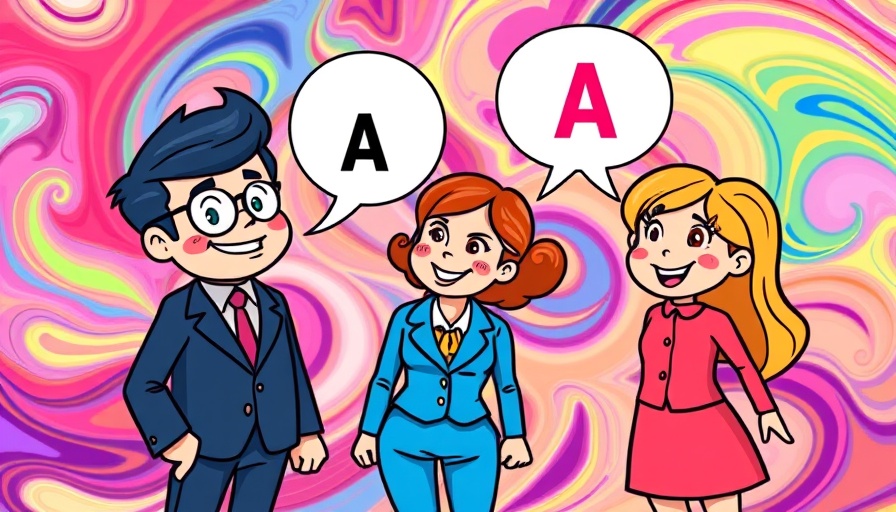
Revolutionizing AI Translation with Multi-Agent Framework
The translation industry is on the brink of a significant transformation with the introduction of a multi-agent AI framework designed to enhance cultural adaptation in translations. A recent study by researchers from Shahjalal University of Science and Technology and the University of Oklahoma presents a solution for the challenges faced in translating low-resource languages, particularly when it comes to cultural nuances.
The Need for Cultural Sensitivity in AI
As our world becomes increasingly interconnected, the demand for translation services that respect and reflect cultural contexts grows. Traditional AI-driven translation models often fall short when required to adapt to various linguistic and culture-specific elements. This new multi-agent approach aims to tackle these challenges head-on by employing various specialized agents that collaboratively work on translations.
Specialized AI Agents: A Closer Look
The framework proposed consists of four specialized AI agents, each playing a critical role in the translation process:
- Translation Agent: Creates the initial translation with a focus on grammatical accuracy.
- Interpretation Agent: Ensures that idioms and cultural references are embedded correctly and aligns the translation with the cultural context of the target audience.
- Content Synthesis Agent: Structures the translated text for optimal readability while maintaining cultural authenticity.
- Quality and Bias Evaluation Agent: Evaluates translations for potential biases and overall fairness.
This innovative orchestration of agents allows for an iterative feedback loop, where any issues in translations can be returned to the responsible agent for revision. Through this method, organizations can produce translations that are not only accurate but also culturally relevant.
Ultimate Results: A Comparative Analysis
In testing their framework, researchers conducted translations in languages such as Hindi, Turkish, and Hebrew, evaluating results against a benchmark—GPT-4o. They found that their multi-agent approach yielded "more evocative, idiomatic, and contextually grounded translations." While GPT-4o provided technically factual translations, it often lacked the cultural depth necessary for a nuanced understanding.
The Path Forward: Enhancing Cross-Cultural Understanding
The framework’s focus on collaboration across different agents emphasizes the importance of cross-language understanding and cultural significance. By moving beyond the limitations of traditional models, the researchers advocate for the efficacy of their multi-agent system, which leads to a more enriched translation experience.
Implications for the Future of AI in Language Processing
The implications of this study extend beyond mere translation accuracy. As AI-driven methods become more integrated into daily communication and business processes, incorporating cultural sensitivity becomes essential. This framework suggests that technological advancements can lead to improved relationships across cultures, fostering better collaboration in global interactions.
Conclusion: A Call for Cultural Awareness in AI Development
As we explore the capabilities of AI, it is crucial to prioritize cultural awareness and adaptation in language processing technologies. The multi-agent AI framework presents a compelling case for how technology can become more attuned to human nuances. Moving forward, stakeholders in the translation industry and beyond should consider investing in culturally adaptive AI solutions to bridge communication gaps effectively and respectfully.
 Add Row
Add Row  Add
Add 




 Add Row
Add Row  Add
Add 

Write A Comment